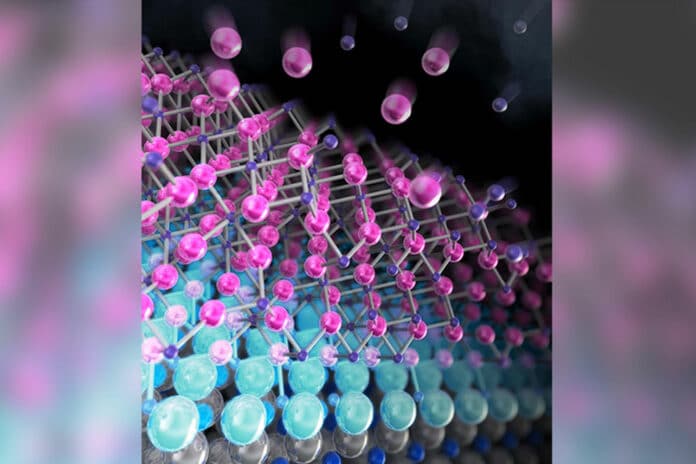Computers that can use quantum mechanics’ properties solve problems faster than current technology. This is interesting, but they must overcome a massive disadvantage in doing so.
Niobium nitride, a superconducting substance, can be added to a nitride-semiconductor substrate to form a flat, crystalline layer, as demonstrated by Japanese researchers, who may have provided the solution. This method might be simple to produce quantum qubits that can be used with regular computing devices.
A team of researchers at the Institute of Industrial Science at The University of Tokyo has shown how thin films of niobium nitride (NbNx) can be grown directly on top of an aluminum nitride (AlN) layer. Niobium nitride can become superconducting at temperatures colder than 16 degrees above absolute zero.
When placed in a device known as a Josephson junction, it can be utilized to create a superconducting qubit. The researchers examined the effect of temperature on the crystal structures and electrical characteristics of NbNx thin films produced on AlN template substrates. They demonstrated that the two materials’ atom spacing was compatible enough to result in flat layers.
First and the corresponding author Atsushi Kobayashi said, “We found that because of the small lattice mismatch between aluminum nitride and niobium nitride, a highly crystalline layer could grow at the interface.”
“The crystallinity of the NbNx was characterized with X-ray diffraction, and the surface topology was captured using atomic force microscopy. In addition, the chemical composition was checked using X-ray photoelectron spectroscopy. The team showed how the arrangement of atoms, nitrogen content, and electrical conductivity all depended on the growth conditions, especially the temperature.”
“The structural similarity between the two materials facilitates the integration of superconductors into semiconductor optoelectronic devices.”
Moreover, the sharply defined interface between the AlN substrate, which has a wide bandgap, and NbNx, which is a superconductor, is essential for future quantum devices, such as Josephson junctions. Superconducting layers that are only a few nanometers thick and have high crystallinity can be used as detectors of single photons or electrons.
Journal Reference:
- Atsushi Kobayashi et al. Crystal-phase controlled epitaxial growth of NbNx superconductors on wide-bandgap AlN semiconductors”. Advanced Materials Interfaces. DOI: 10.1002/admi.202201244
